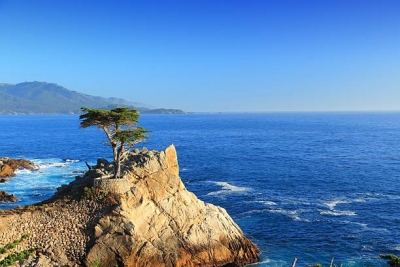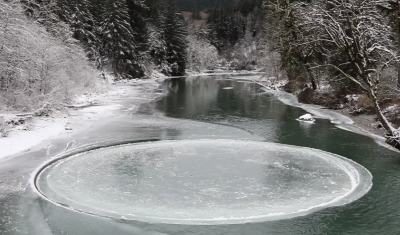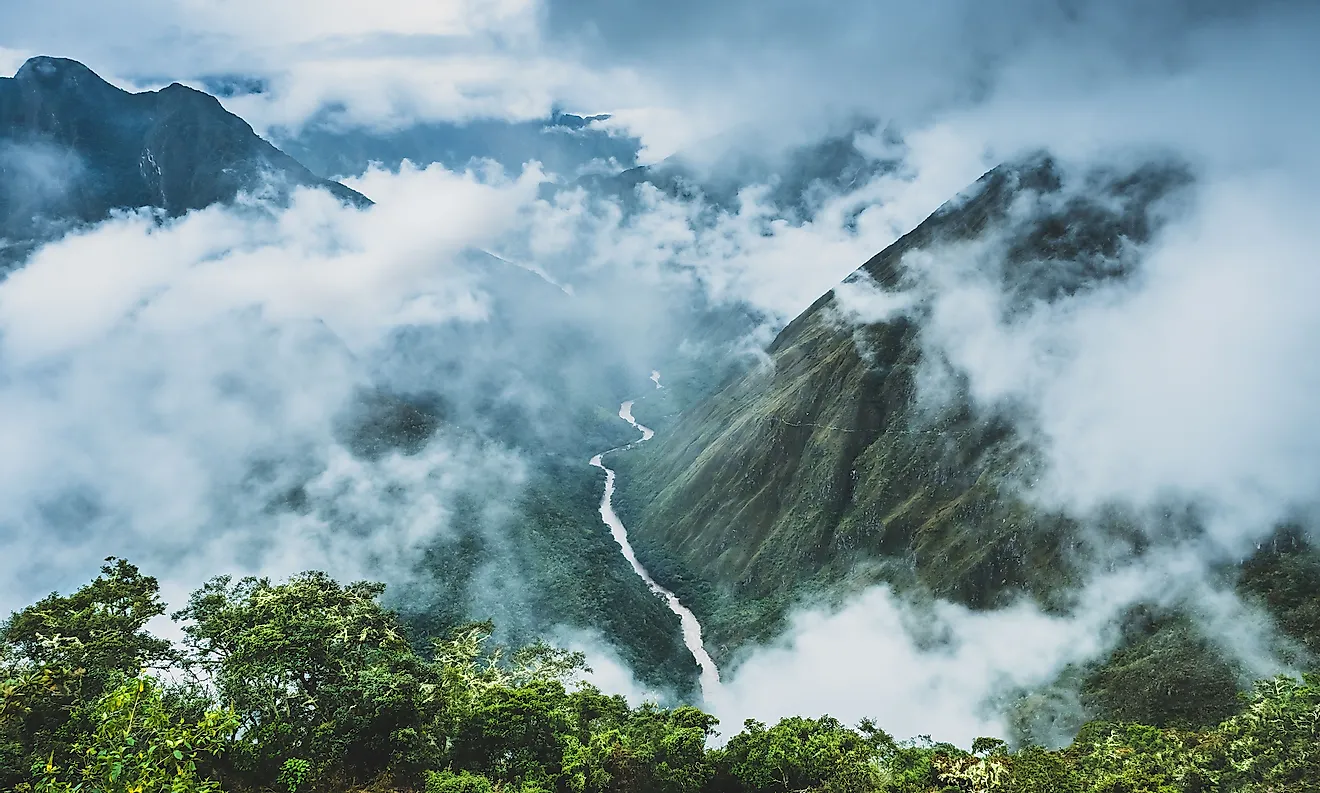
Have you heard about a tree that looks like a painting? Legend even has it that Robin Hood took shelter in a tree. Here we bring you some of the unique trees in the world.
AFRICAN BAOBAB - AFRICA
These ancient trees have been around even before humans walked the earth. They date back thousands of years and are endemic to the African savannah. These baobabs grow into colossal sizes and are life-sustaining trees. This tree species is referred to as the Tree of Life for the shelter, food and water it provides during inclement weather conditions.
THE MAJOR OAK TREE- THE UK
This is Robin Hood's tree. Remember the legend of Robin Hood and how he took shelter in a tree and hid from the Sheriff of Nottingham? Well, this Oak tree, which is the largest in the U.K., is the infamous tree that provided shelter. The tree is hollow inside and has a hole in its trunk. Nuzzled in the Sherwood Forest Country Park, this 1,000-year-old hollow oak tree gets many visitors. Seen here is the Robin Hood's Larder tree from an 1880 postcard.
LONE CYPRESS TREE - THE U.S.
Lone Cypress is perhaps the most photographed tree in the world. As the name suggests, this tree stands all alone, standing sentinel on the Californian coast. The tree is believed to be over 250 years old and is perched on the rocky ledge along the 17 Mile Drive on Pebble Beach in Monterey County.
RAINBOW EUCALYPTUS
Northern Hemisphere Picture this. A tree cloaked in a rainbow. The tree looks like a painting with a multitude of colours splashed right across it. Christened the rainbow eucalyptus, these rare eucalyptus trees are indigenous to the northern hemisphere. When the bark of the tree peels off during each season, out pops the coloured bark which ages as it with the elements producing the brilliant hues. Commonly called Rainbow Eucalyptus, the species goes by the name Eucalyptus deglupta. The tree is commonly found in Philippines, New Guinea, and Indonesia.
WANAKA TREE - NEW ZEALAND
Hundreds flock to this place every year to get a picture of the Wanaka Tree that seems to rise out of the placid waters of lake Wanaka, New Zealand. Evenings are the best time to visit the place as it always offers postcard-perfect views. The tree is often called That Wanaka Tree'. This loner of a willow tree set against a panoramic vista of the mountains of the Southern Alps makes for a resplendent sight.
THE BOAB 'PRISON' TREE-AUSTRALIA
This is a huge Boab tree with a large hollow. The tree is believed to be more than a thousand years old and is found in Derby, Kimberley, Western Australia. Known for decades as the Boab Prison Tree, the tree gets its name after the legend that it was used as a lockup for Aboriginal prisoners. But researchers have maintained that there is no evidence for this and have been pushing for appropriately naming the tree.
Picture Credit : Google


